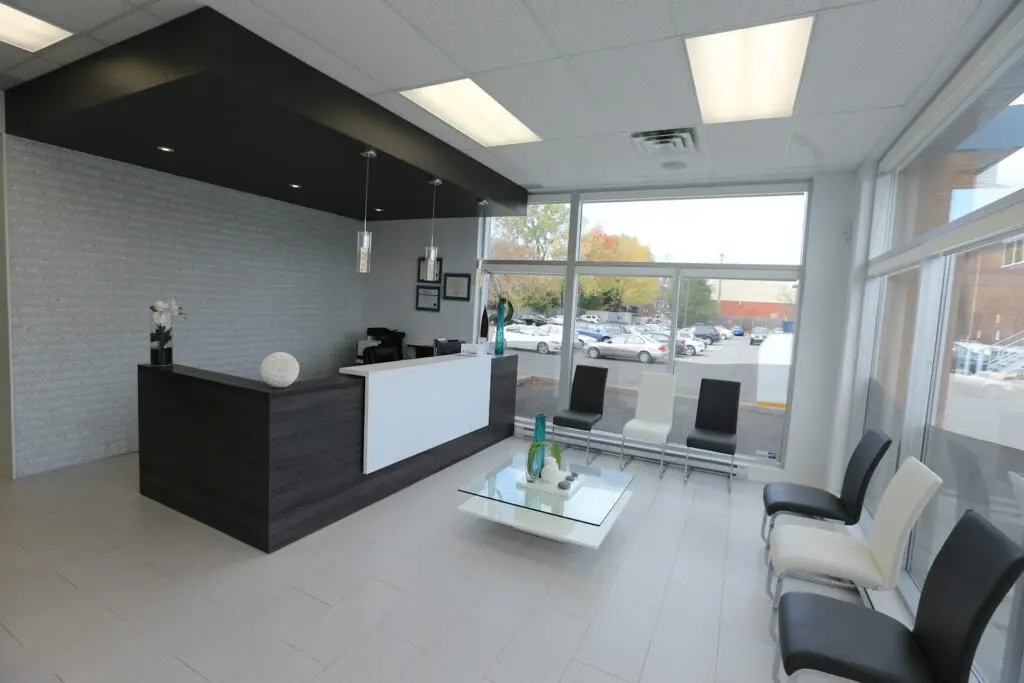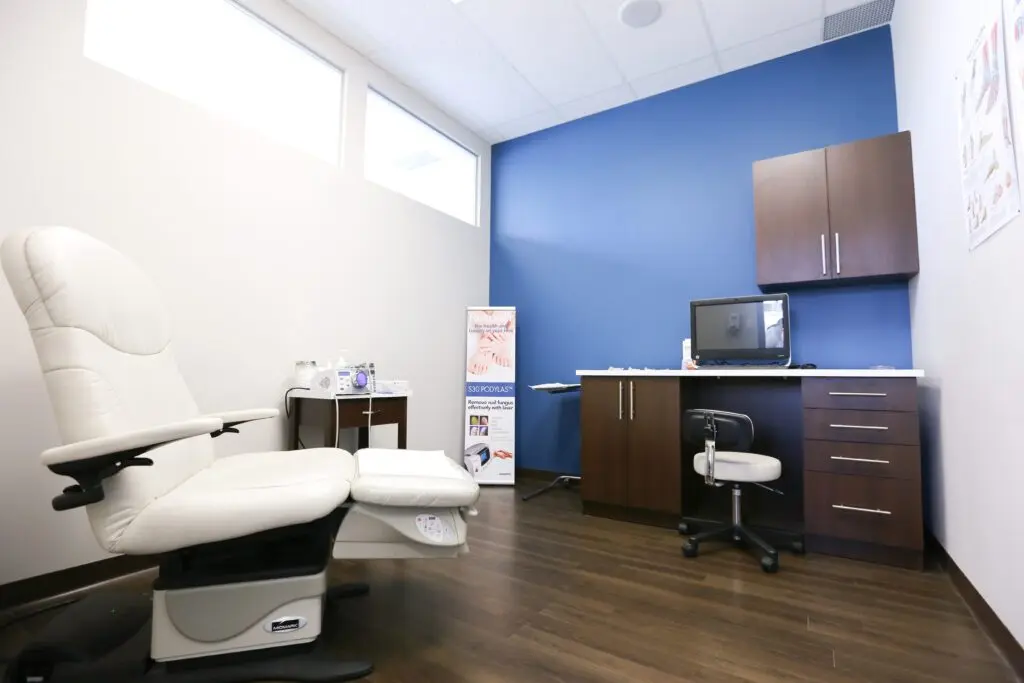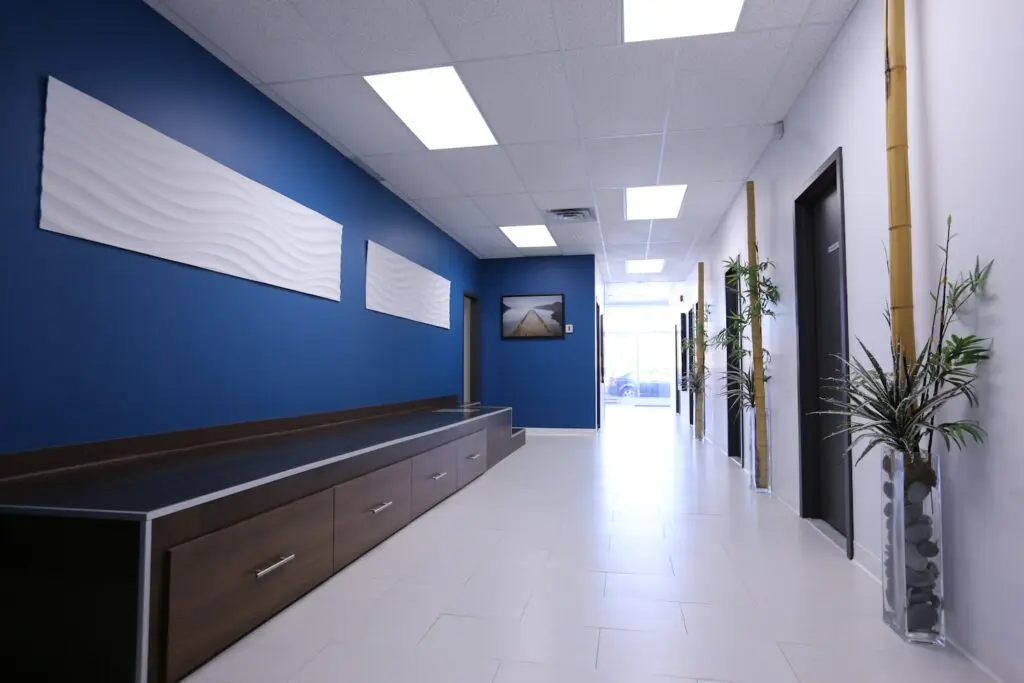
Since 2012, the Kirkland podiatry clinic has been the primary destination for Montrealers in West Island to enjoy the best podiatry care and treatment. Relying on a team that has your feet’s health and your overall well-being at heart, the clinic treats all foot pathologies for adults and children alike.
The Kirkland podiatry clinic treats a number of issues like plantar warts, Lenoir thorn, ingrown toenails, and nail fungus. Their facilities have all the necessary equipment to accurately assess your condition and identify your problem.
Every member of the Kirkland clinic’s team knows exactly how you can struggle with your feet on a day-to-day basis. Often, your feet are subjected to repeated shocks, leading to various pains and limitations. The clinic’s professionals have all the tools to help you avoid these incidents, so all you have to do is let them take care of you.
PiedRéseau Kirkland
2816 Boulevard Saint-Charles,
Kirkland, QC, H9H 3B6
directions
1-514 426-0851 Toll free
Monday
9:00 - 20:00
Tuesday
9:00 - 20:00
Wednesday
10:00 - 17:00
Thursday
9:00 - 20:00
Friday
8:00 - 14:00
A versatile podiatrist, ready to help
Podiatrist Dr. Marilyne Langlois has led the Kirkland Podiatric Clinic since 2012, providing all of southwest Montreal with unparalleled expertise and versatile mastery of the latest therapeutic tools.
Thanks to the extent of her education and her solution-oriented approach, Dr. Langlois is particularly well-versed in manual foot therapy and therapeutic taping. She is also trained in the use of therapeutic lasers, ultrasound foot exams, and digital radiography. Furthermore, she is proficient in MESOJET technology to treat recalcitrant plantar warts.
Always there for her patients, this podiatrist knows exactly how to adapt to all circumstances in order to treat your feet for any problem there may be.



Frequent problems
Treatments provided
- Plantar orthotics: types, benefits, and adaptation tips
- Cortisone injections
- Ingrown toenail treatment by a podiatrist
- A podiatrist’s treatment for plantar warts
- Foot care – Nails, corns and calluses treatment
- Evaluating Children’s Feet
- Biomechanical exam : symptoms and treatments
- Manual foot therapy : personalized treatment plan
- Postural evaluation
Responsible for personal information/confidentiality: Marilyne Langlois 514-505-3977
Request an appointment at the clinic
Leave us your contact details and availability and we will contact you to make an appointment.
Please note that if you are seeking podiatry services following a work-related accident (CNESST) or a road accident (SAAQ), please contact us before your appointment to obtain more information about the reimbursement procedures.

